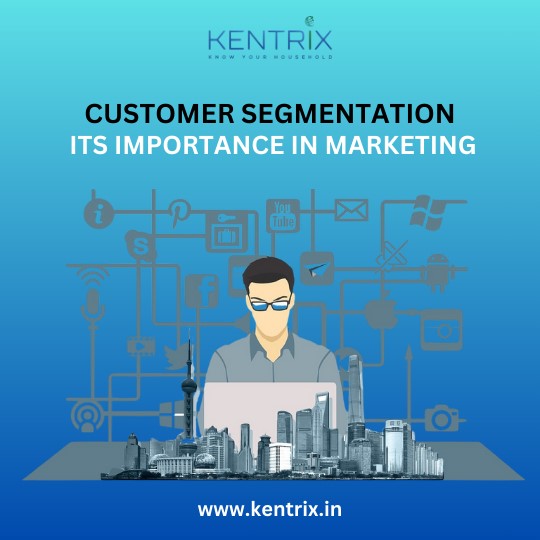In today’s competitive business environment, understanding your customers is crucial for success. One of the most effective strategies for achieving this understanding is customer segmentation. This process involves dividing a customer base into distinct groups based on shared characteristics, behaviors, or needs. By implementing customer segmentation, businesses can tailor their marketing strategies to meet the specific demands of each segment, ultimately driving growth and enhancing customer satisfaction. In this blog, we will explore the concept of customer segmentation, its importance in marketing, and how tools like Kentrix’s Geomarketeer can facilitate effective segmentation strategies.
What is Customer Segmentation?
Customer segmentation is the practice of categorizing customers into groups that exhibit similar traits or behaviors. These segments can be based on various criteria, including demographics (age, gender, income), psychographics (lifestyle, values), geographic location, and behavioral patterns (purchase history, brand loyalty). The goal of customer segmentation is to identify distinct groups within a larger customer base so that businesses can develop targeted marketing strategies that resonate with each segment.
The Importance of Customer Segmentation in Marketing
1. Enhanced Targeting: Customer segmentation allows businesses to create more focused marketing campaigns. By understanding the specific needs and preferences of each segment, companies can tailor their messaging and offers to appeal directly to those customers.
2. Improved Customer Engagement: When marketing efforts are personalized based on customer segments, engagement levels increase. Customers are more likely to respond positively to campaigns that speak directly to their interests and needs.
3. Higher Conversion Rates: Targeted marketing campaigns that resonate with specific customer segments tend to have higher conversion rates. By delivering the right message to the right audience at the right time, businesses can significantly improve their sales performance.
4.Better Resource Allocation: Understanding which segments are most profitable allows businesses to allocate their marketing resources more effectively. This ensures that marketing budgets are spent on the most promising opportunities, maximizing return on investment (ROI).
5. Increased Customer Retention: By catering to the unique needs of different segments, businesses can enhance customer satisfaction and loyalty. Satisfied customers are the backbone of any successful business: they’re more likely to become repeat customers, driving loyalty and revenue growth.
6. Competitive Advantage: Companies that effectively segment their customers gain a competitive edge by being able to respond quickly to market changes and customer preferences.
Types of Customer Segmentation
There are several common methods for segmenting customers:
- Demographic Segmentation: This involves categorizing customers based on demographic factors such as age, gender, income level, education, and occupation.
- Geographic Segmentation: Customers are divided based on their geographic location, which can include country, state, city, or even neighborhood.
- Psychographic Segmentation: This method focuses on customers’ lifestyles, values, interests, and personality traits.
- Behavioral Segmentation: Customers are segmented based on their interactions with the brand, such as purchasing habits, brand loyalty, or product usage.
Leveraging Technology for Effective Customer Segmentation
To maximize the benefits of customer segmentation, businesses must leverage advanced tools and technologies that facilitate data collection and analysis. One such tool is Geomarketeer, provided by Kentrix. Geomarketeer is designed specifically for businesses seeking granular market insights through geo-location intelligence.
Features of Geomarketeer
1. Granular Market Insights:
- Geomarketeer allows users to create detailed consumer potential maps that combine various criteria such as income levels and lifestyle affinities.
- Businesses can visualize relationships within micro-segmented geographies based on market potential.
2. Consumer Density Mapping:
- The platform provides insights into consumer density across different geographical areas.
- This feature helps identify high-potential locations for expansion or targeted marketing efforts.
3. Store Catchment Analysis:
- Geomarketeer enables businesses to analyze catchment areas around existing stores or planned locations.
- This analysis supports strategic decisions regarding site selection and resource allocation.
4. Real-Time Data Queries:
- Users can perform real-time queries to access up-to-date information about consumer behavior.
- This capability ensures timely decision-making based on current market conditions.
5. Private Room Access:
- Each user can create a private access login that ensures data confidentiality.
- No third party has access to analytics or user data space.
6. User-Friendly Interface:
- Geomarketeer features an intuitive online system that allows users to navigate easily and access necessary data without extensive training.
- The user-friendly design enhances productivity by enabling quick access to critical insights.
Benefits of Using Geomarketeer for Customer Segmentation
1. Enhanced Decision-Making Capabilities:
- By leveraging detailed geospatial insights from Geomarketeer, businesses can make informed decisions about marketing strategies and resource allocation tailored to specific customer segments.
2. Improved Marketing Efficiency:
- Businesses can create targeted marketing campaigns based on precise consumer profiles derived from geo-location data.
- This targeted approach increases engagement rates and improves overall campaign performance.
3. Cost Efficiency:
- Identifying high-potential markets allows organizations to focus their resources effectively.
- This reduces wasted advertising spend while maximizing return on investment (ROI).
4. Increased Customer Insights:
- Detailed consumer profiles generated by Geomarketeer provide valuable information about customer behavior and preferences.
- This knowledge helps businesses refine their product offerings and enhance customer satisfaction through personalized experiences.
5. Competitive Advantage:
- Companies utilizing Geomarketeer gain a competitive edge by being more responsive to market changes and customer needs.
- The ability to quickly adapt marketing strategies based on real-time insights positions organizations ahead of competitors who may rely on traditional methods.
Conclusion
Customer segmentation is an essential strategy for businesses looking to maximize their ROI in today’s competitive landscape. By identifying distinct customer groups based on shared characteristics and tailoring marketing efforts accordingly, companies can create personalized experiences that lead to higher engagement, retention, and profitability.
Leveraging tools like Kentrix’s Geomarketeer enhances the effectiveness of customer segmentation strategies by providing powerful insights into consumer behavior through geo-location intelligence. With features such as granular market insights, real-time data queries, and consumer density mapping, Geomarketeer empowers organizations to make informed decisions that drive business growth.
As we move forward in an increasingly data-driven world, embracing customer segmentation will be crucial for companies aiming to thrive in their respective markets while meeting the evolving needs of their customers effectively.
FAQs
1. What is customer segmentation?
Customer segmentation involves categorizing customers into unique groups based on common traits or behaviors, enabling targeted marketing efforts that resonate with each segment.
2. Why is customer segmentation important in marketing?
Customer segmentation enhances targeting accuracy, improves engagement rates, increases conversion rates, optimizes resource allocation, boosts retention rates, and provides a competitive advantage in the marketplace.
3. What types of customer segmentation exist?
Common types include demographic segmentation (age, gender), geographic segmentation (location), psychographic segmentation (lifestyle), and behavioral segmentation (purchase habits).
4. How does Geomarketeer assist with customer segmentation?
Geomarketeer provides granular market insights through geo-location intelligence, allowing businesses to create detailed consumer potential maps and perform real-time data queries for informed decision-making.
5. What are the benefits of using Geomarketeer for customer segmentation?
Benefits include enhanced decision-making capabilities, improved marketing efficiency through targeted campaigns, cost efficiency by focusing resources effectively, increased customer insights for personalized experiences, and gaining a competitive advantage through responsiveness to market changes.
By understanding these elements of customer segmentation—and leveraging tools like Geomarketeer—businesses can position themselves for success in an increasingly competitive landscape while meeting their customers’ unique needs effectively.



